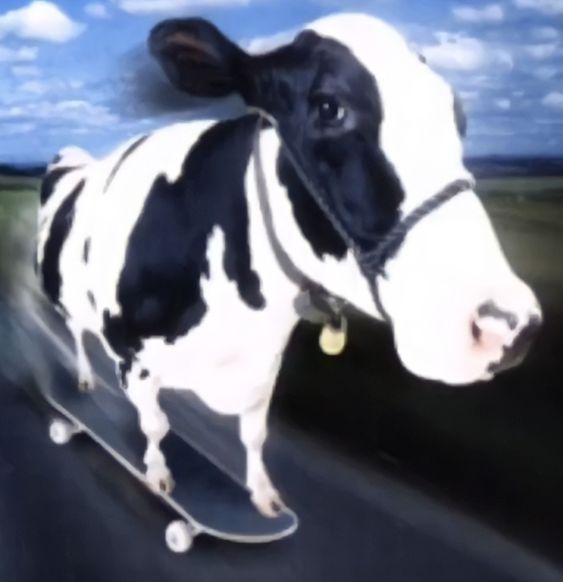topic 8 design
0.0(0)
0.0(0)
Card Sorting
1/35
Earn XP
Description and Tags
we love the earth it is out planet
Study Analytics
Name | Mastery | Learn | Test | Matching | Spaced |
|---|
No study sessions yet.
36 Terms
1
New cards
Bottom-up strategies
At its most basic, this is the piecing together of components or systems in order to give rise to a more complex system or product. From a corporate strategy perspective, this methodology means that the leadership level will determine the overall goals, but the workforce will assist in developing the mechanisms and ideas to meet that goal.
2
New cards
Datschefski's five principles of sustainable design
Five principles that facilitate a holistic approach to sustainable design: Cyclic; Solar; Safe; Efficient; Social.
3
New cards
Decoupling
Disconnecting two trends so that one no longer depends on the other. Through the act of decoupling (using resources more productively and redesigning production systems), it is technically possible to deliver the same or equivalent goods and services with lower environmental impact while maintaining social and equity benefits.
4
New cards
Eco-champion
Individuals or groups that champion environmental issues within organizations.
5
New cards
Eco-fan
Individuals or groups that enthusiastically adopt environmentally friendly practices as consumers.
6
New cards
Eco-labelling
The labelling of products to demonstrate that they are better for the environment than other products.
7
New cards
Eco-phobe
Individuals or groups that actively resent talk of environmental protection.
8
New cards
Eco-warrior
Individuals or groups that actively demonstrate on environmental issues.
9
New cards
Energy labelling
The labelling of products to show how energy efficient they are. The label displays information in four categories: the product's details; Energy classification that shows the product's electrical consumption; Measurements relating to consumption, efficiency and capacity etc.; Noise emitted from the product when in use.
10
New cards
Energy security
The uninterrupted availability of energy sources at an affordable price.

11
New cards
Ethical consumerism
The practice of consciously purchasing products and services produced in a way that minimises social and environmental damage, while avoiding those that have a negative impact on society and the environment.
12
New cards
Lifestyle consumerism
A social and economic order and ideology that encourages the acquisition of goods and services in ever greater amounts.
13
New cards
Macro energy sustainability
Involves large scale energy generation from non-exhaustive sources for international, national or large community use. Examples include hydroelectric power, wind, wave and geothermal energy generation.
14
New cards
Micro energy
Involves small scale energy generation sustainability from non-exhaustive sources for individual, household or small community use. Examples include roof mounted solar power or water heating panels, combined solar and wind turbine generated power for illuminated traffic signs, and wearable thermoelectric materials.

15
New cards
Pressure groups
Collections of individuals who hold a similar viewpoint on a particular topic, for example the environment, who take action to promote positive change to meet their goals.
16
New cards
Product stewardship
Everyone involved in making, selling, buying or handling electronic equipment takes responsibility for minimizing environmental impact of the equipment at all stages in the life cycle.
17
New cards
Smart grids
A modernised electrical grid that uses analogue or digital information and communications technology to gather and act on information (such as behaviours of suppliers and consumers) in an automated fashion to improve the efficiency, reliability, economics and sustainability of the production and distribution of electricity. They can be national or international. International grids allow electricity generated in one country to be used in another.

18
New cards
Sustainability reporting
A company report that focusses on four aspects of performance: Economic; Environmental; Social; and Governance.
19
New cards
Sustainable consumption
The consumption of goods and services that have minimal environmental impact, promote social equity and economically viable, whilst meeting basic human needs worldwide.

20
New cards
Sustainable design
Designing physical objects and services in accordance with the principles of social, economic, and environmental sustainability.
21
New cards
Sustainable development
Development that meets the needs of the present without compromising the ability of future generations to meet their own needs.
22
New cards
Take-back legislation
Laws that require manufacturers to take-back packaging and products at the end of use, requiring manufacturers to take responsibility for their disposal. Reasons for this legislation include to encourage the design of products and packaging that are easily and efficiently recycled, and to reduce waste.
23
New cards
Top-down strategies
At its most basic, this is the breaking down of a system into component parts. From a corporate strategy perspective, this means that the leadership level will determine the goals and how each department and/or individual employees will contribute to meet those goals.

24
New cards
Triple bottom line sustainability
An expanded spectrum of values and criteria for measuring organizational success: economic, environmental and social.
25
New cards
Cradle to cradle
A design philosophy that aims to eliminate waste from the production, use and disposal of a product. It centres on products which are made to be made again.
26
New cards
Cradle to grave
A design philosophy that considers the environmental effects of a product all of the way from manufacture to disposal.
27
New cards
Cyberactivism
The process of using Internet-based socializing and communication techniques to create, operate and manage activism of any type.
28
New cards
Eco-design
A design strategy that focusses on three broad environmental categories - materials, energy, and pollution/waste.
29
New cards
Life cycle analysis (LCA)
The assessment of the effect a product has on the environment through five stages of its life: pre-production; production; distribution (including packaging, utilization, and disposal).
30
New cards
Sustainable production
The creation of goods and services using processes and systems that are: Non-polluting, Conserving of energy and natural resources, Economically viable, Safe for workers, communities, and consumers.
31
New cards
Cradle to cradle
A design philosophy that aims to eliminate waste from the production, use and disposal of a product. It centres on products which are made to be made again.
32
New cards
Cradle to grave
A design philosophy that considers the environmental effects of a product all of the way from manufacture to disposal.
33
New cards
Cyberactivism
The process of using Internet-based socializing and communication techniques to create, operate and manage activism of any type.
34
New cards
Eco-design
A design strategy that focusses on three broad environmental categories - materials, energy, and pollution/waste.
35
New cards
Life cycle analysis (LCA)
The assessment of the effect a product has on the environment through five stages of its life: pre-production; production; distribution (including packaging, utilization, and disposal).
36
New cards
Sustainable production
The creation of goods and services using processes and systems that are: Non-polluting, Conserving of energy and natural resources, Economically viable, Safe for workers, communities, and consumers.